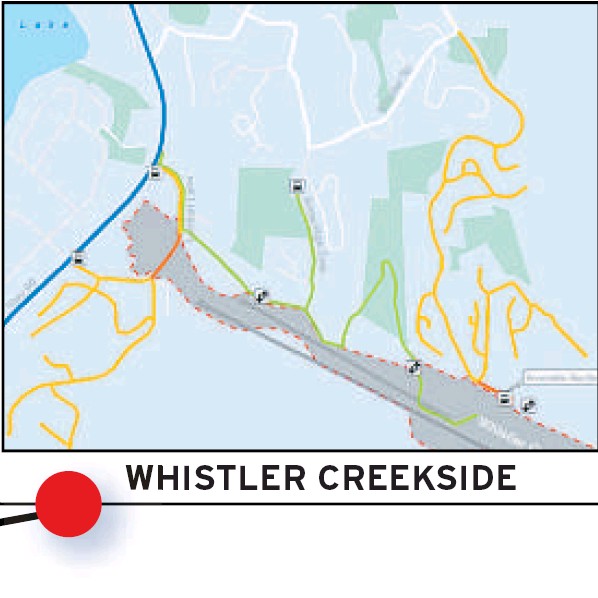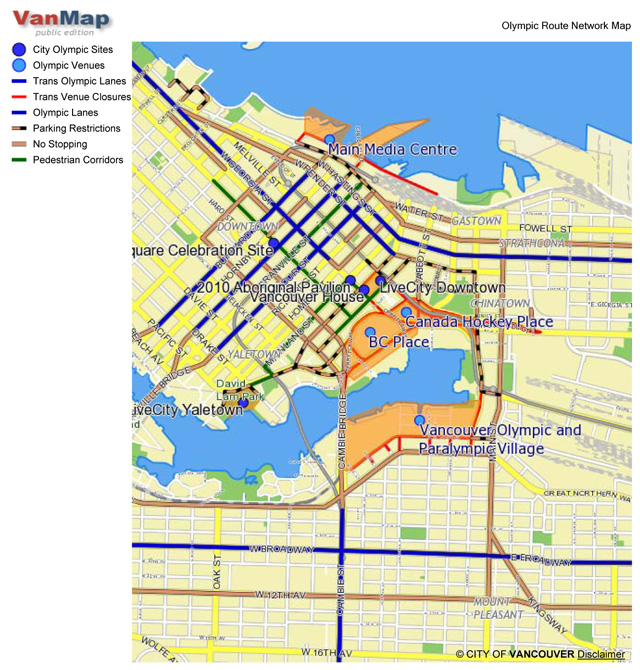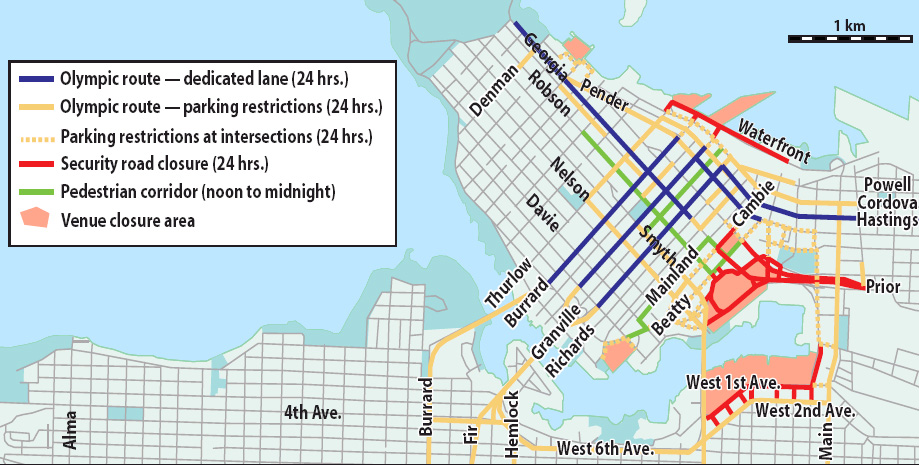Even Shaw’s new Nitro Internet slower, costlier than industry leaders: study
Gillian Shaw
Sun
Shaw Communication’s high-speed Nitro Internet service was announced Thursday for customers in Vancouver, Calgary and Edmonton, but the $149-a-month feature is unlikely to lift Canada’s dismal rating in a Harvard study on broadband connectivity.
In what could be seen as unfortunate timing for the marketing of Shaw’s new premium-priced service, Canada came under fire for broadband service that combines slower speeds and higher prices than in many other countries.
“The highest prices for the lowest speeds are overwhelmingly offered by firms in the United States and Canada, all of which inhabit markets structured around ‘inter-modal’ competition — that is, competition between one incumbent owning a telephone system, and one incumbent owning a cable system,” said the report.
It was done by Harvard’s Berkman Center for Internet and Society, and was commissioned by the U.S. Federal Communications Commission. “The lowest prices and highest speeds are almost all offered by firms in markets where, in addition to an incumbent telephone company and a cable company, there are also competitors who entered the market, and built their presence, through use of open access facilities.”
The study ranked countries according to a number of measures, including broadband adoption, network capacity and speed and prices. Canada ranked 16th out of 30 countries in broadband penetration; for price-per-megabit-per-second, Canada ranked 21 out of 30 in the average monthly price for low speed tier, 23 for medium tier and second to last, ahead of the Slovak Republic, for high speed tier service. France enjoys the best average prices.
“As with speed and entry-level prices however, Canada’s performance merits caution when observing its policies,” the report said. “While penetration there is high, not only is speed lower, but prices too are high in every tier of service.”
Against that backdrop, Shaw introduced a 100-megabit-per-second Nitro service for Calgary, Edmonton and Vancouver, expanding on a launch earlier this year in Saskatoon, Victoria and Winnipeg. At $149 a month when bundled with other Shaw services and including a modem rental, the offering was panned by John Lawford, counsel for the Public Interest Advocacy Centre, as being ‘astronomical,’ and far higher than in other countries.
“The main point of that FCC report is that the price to speed ratio in Canada is the worst,” he said. “Especially in terms of what we are paying per megabyte, it is not impressive. It is much better in Japan and South Korea.”
Lawford said even what is considered the high end of the speed scale in Canada is becoming average in other markets. “We are stuck in a situation with basically two routes in, cable and the incumbent phone line,” he said. “Unless that is open to competition there is no short-term fix for this.”
The study follows an earlier one from the Organization for Economic Cooperation and Development that also found Canada to be trailing in broadband compared to other countries, a study that prompted a consortium of seven major ISPs, including Bell, Rogers, Telus and Shaw to commission their own report that criticized the methodology used. The Harvard report also cited findings from the OECD study.
“One of our concerns really was that a lot of the studies that seemed to grab the headlines have some really questionable methodology behind them,” Mark Goldberg, a telecommunications consultant and one of the lead authors of the report for Canada’s major ISPs, said in an interview. Following the release of the Harvard report, Goldberg wrote on his blog that the latest report shared some of the same problems. “Preliminary examination seems to indicate that many of the Harvard rankings appear to incorporate the same problematic data points from reports and measurement tools that we have already discussed, but I will reserve commentary until I have an opportunity for a more complete review.”
© Copyright (c) The Vancouver Sun
















